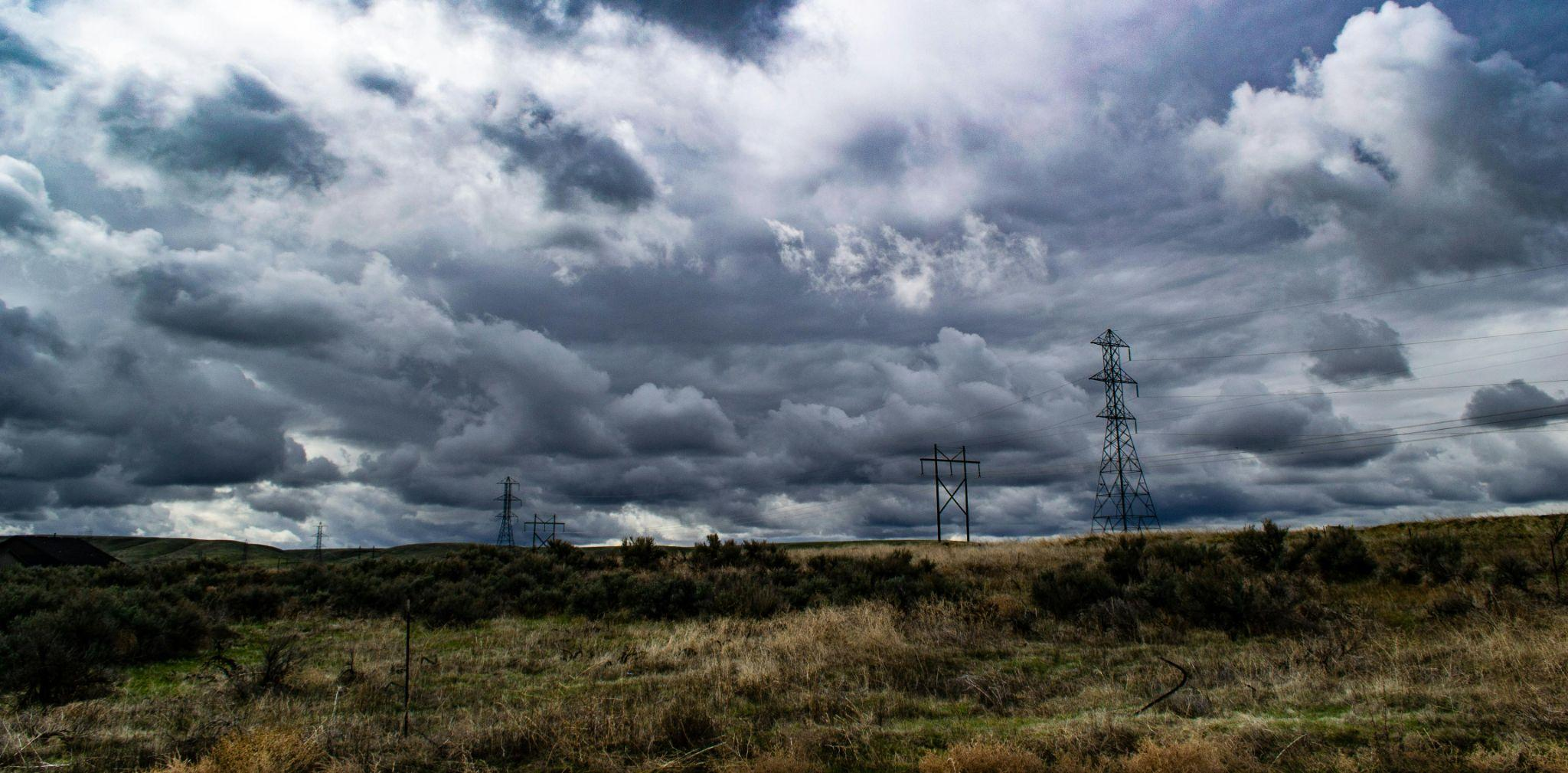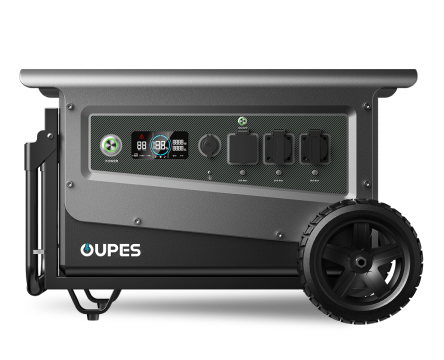
Table of Contents
- TL;DR / Key Takeaways
- Understanding Severe Thunderstorm Warnings
- Before the Storm: Preparation Is Key
- During the Storm: Safety and Survival
- After the Storm: Recovery and Power Restoration
- The Role of Solar Generators and Portable Power Stations
- Comparison Table: Traditional vs Solar Backup Power
- FAQ
TL;DR / Key Takeaways
A severe thunderstorm warning means dangerous weather is imminent—high winds, lightning, and hail may cause damage or power outages. Preparation includes securing your home, creating an emergency plan, and ensuring a backup power source like a portable solar generator. After the storm, prioritize safety, avoid downed power lines, and check local alerts for updates.
Understanding Severe Thunderstorm Warnings
What a Severe Thunderstorm Warning Means
According to the U.S. National Weather Service (NWS), a Severe Thunderstorm Warning is issued when severe thunderstorms are occurring or imminent in the area. A storm qualifies as “severe” when it produces:
- Winds of 58 mph (93 km/h) or higher,
- Hail at least 1 inch (2.5 cm) in diameter, or
- A tornado or tornado-like rotation.
Warning vs Watch: Know the Difference
It’s important to distinguish between:
- Watch: Conditions are favorable for severe storms—be alert.
- Warning: Severe weather is happening or about to happen—take shelter immediately.
Before the Storm: Preparation Is Key
1. Monitor Weather Alerts
Keep a battery-powered NOAA Weather Radio or a reliable alert app to receive warnings even if power or cell service goes out.
2. Create an Emergency Plan
Every household should have an emergency plan covering where to take shelter, how to contact family, and what supplies to grab quickly. Include vulnerable individuals—children, elderly family members, or pets—in the plan.
3. Secure Outdoor Objects
Bring inside or tie down items such as patio furniture, umbrellas, or grills. Flying debris is one of the biggest dangers during high winds.
4. Prepare an Emergency Kit
Your kit should include:
- Water (1 gallon per person per day for at least 3 days)
- Non-perishable food
- Flashlights and extra batteries
- First aid supplies
- Portable charger or power station
(Ready.gov Emergency Kit Guidelines)
5. Charge Power Devices and Solar Generators
Charge all electronics—phones, radios, laptops—and ensure your portable power station or solar generator is fully charged. A device from brands such as OUPES can provide essential backup for communication devices and lights during grid outages.
During the Storm: Safety and Survival
1. Take Shelter Immediately
Stay indoors and avoid windows. Move to a basement or interior room on the lowest floor. If outdoors, avoid tall trees, open fields, and metal structures—seek shelter in a sturdy building or hard-topped vehicle.
2. Avoid Electrical Appliances and Plumbing
Lightning can travel through wiring and plumbing. Unplug non-essential electronics and avoid using wired devices. Do not take showers or baths until the storm passes.
3. Use Backup Power Wisely
If the grid fails, use your portable power station to keep essentials running—LED lights, communication devices, medical equipment, or small appliances. Avoid running gasoline generators indoors; carbon monoxide poisoning is a major hazard.
4. Stay Updated
Monitor official updates via NOAA Weather Radio or emergency apps. Only leave shelter once the warning expires and it is confirmed safe to do so.
After the Storm: Recovery and Power Restoration
1. Inspect for Hazards
Check for structural damage, broken glass, and fallen trees. Stay away from downed power lines and report them immediately to local authorities. Do not wade through floodwater—it may conceal live electrical wires or debris.
2. Use Stored Power Efficiently
If power is still out, conserve stored electricity for critical uses such as communication, refrigeration of medications, and lighting. Recharge your portable power station with solar panels once daylight returns.
3. Check Food and Water Safety
Discard perishable food if your refrigerator lost power for more than four hours. Boil or filter water if local advisories warn of contamination.
4. Document Damage for Insurance
Take clear photos of property damage and keep receipts for any emergency repairs. Contact your insurance provider as soon as it is safe.
The Role of Solar Generators and Portable Power Stations
Why Solar Power Matters During Thunderstorm Outages
Severe thunderstorms often lead to widespread outages—sometimes lasting hours or days. A solar generator or portable power station ensures you can stay connected, charge devices, and power medical or emergency equipment without relying on the grid.
Advantages of Portable Power Stations
- Clean energy: No fumes or noise compared to gas generators.
- Recharge flexibility: Can be recharged by wall, car, or solar panels.
- Safety: No fuel storage, no risk of carbon monoxide poisoning.
- Portability: Lightweight and easy to move in an emergency.
Modern units, such as those offered by OUPES, often support multiple AC/DC outputs for running essential devices from phones to mini-fridges.
Comparison Table: Traditional vs Solar Backup Power
| Feature | Gasoline Generator | Solar Generator / Portable Power Station |
|---|---|---|
| Fuel Source | Gasoline or diesel | Solar panels or wall charging |
| Indoor Use | Unsafe (carbon monoxide risk) | Safe for indoor operation |
| Noise Level | High | Silent |
| Maintenance | Frequent (oil, fuel stabilizer) | Minimal (battery care) |
| Environmental Impact | Produces emissions | Zero emissions |
FAQ
1. What’s the difference between a thunderstorm watch and a warning?
A watch means conditions are favorable for severe storms; a warning means they’re happening or imminent—take shelter immediately.
2. How long do severe thunderstorms usually last?
Most severe thunderstorms last from 30 minutes to an hour, but their impacts—such as outages or flooding—can persist for days.
3. What should I avoid doing during a thunderstorm?
Avoid wired electronics, taking showers, or touching plumbing. Stay away from windows and metal objects.
4. How can a portable power station help during a storm?
It provides emergency power for communication, lighting, and small appliances. You can recharge it via solar panels once conditions clear.
5. Are solar generators safe to use indoors?
Yes—unlike gas generators, solar generators and power stations produce no exhaust or fumes, making them safe for indoor use.




























